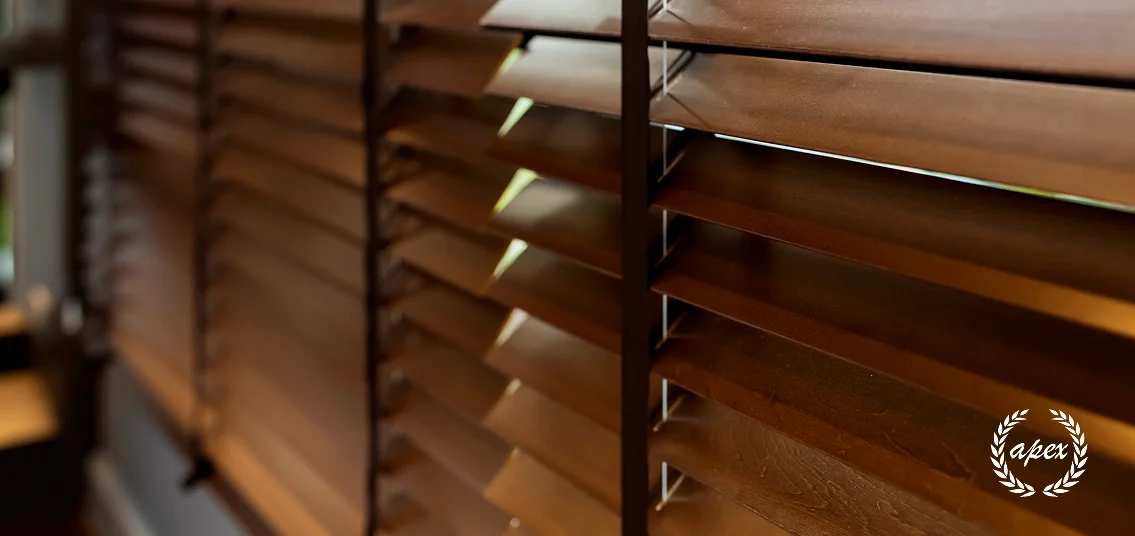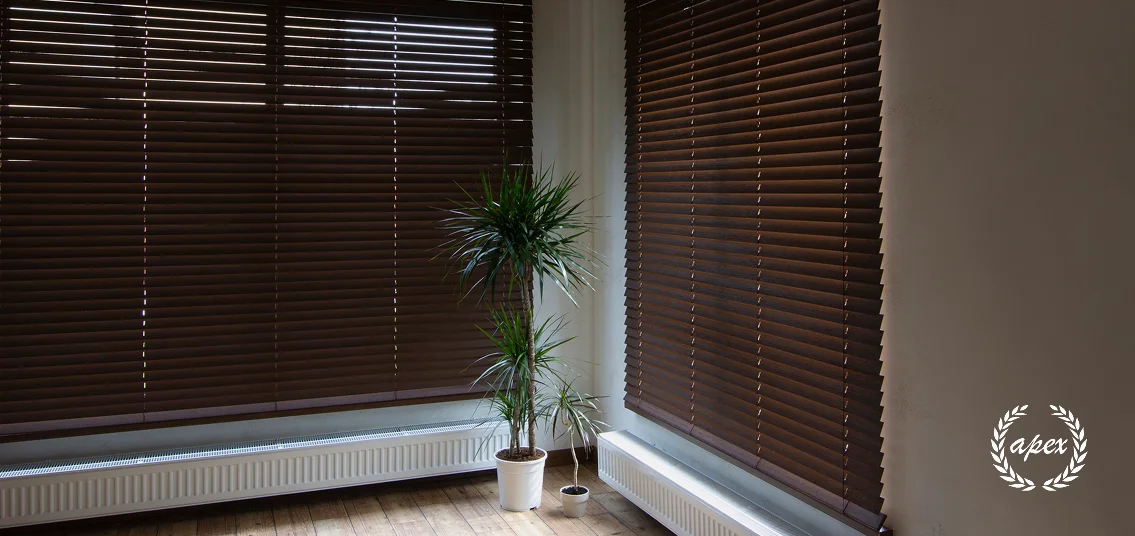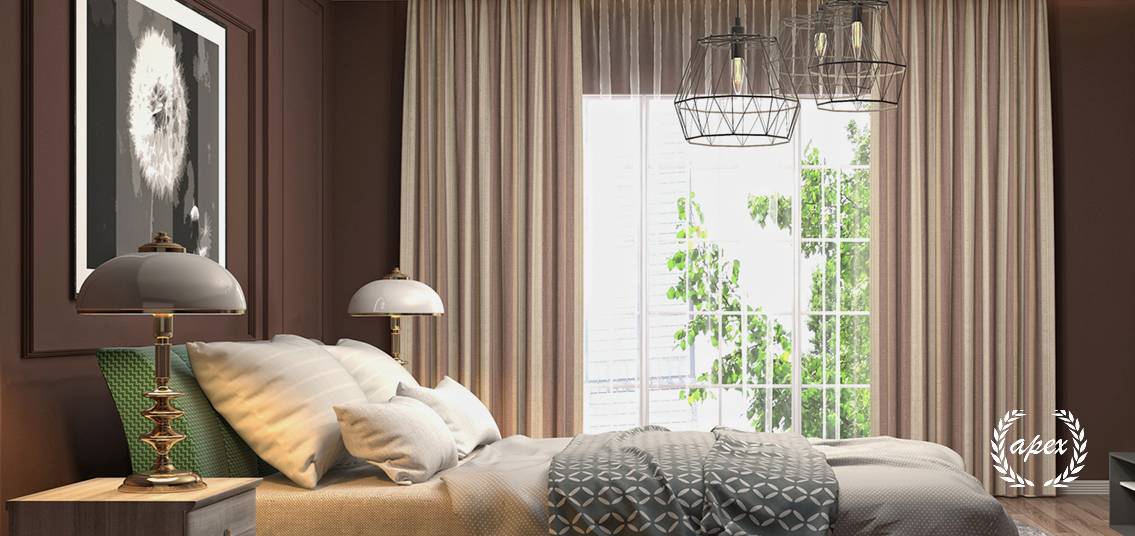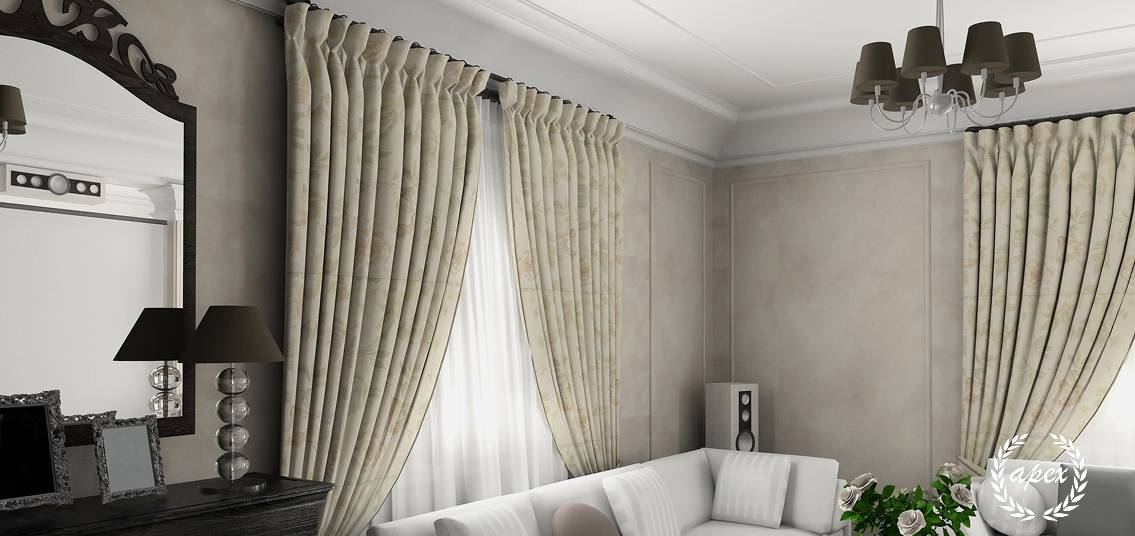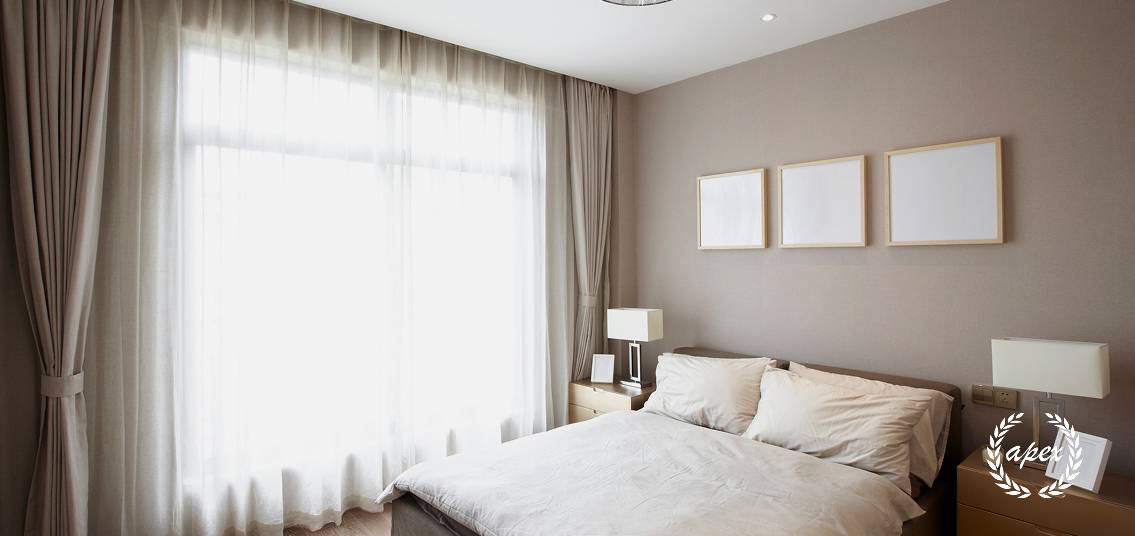If you’re furnishing your first home, choosing curtains for your living room can feel surprisingly intimidating. You want them to look good, of course—but also to keep your space cool, block the afternoon sun, give you privacy, and somehow not make the room feel smaller.
The truth is, there’s no one-size-fits-all. Whether you’re in a new BTO flat or a condo with floor-to-ceiling glass, the right curtains should match how you live—not just how you want things to look.
This guide is for homeowners—especially new ones—who are trying to make practical, confident decisions for their living space.
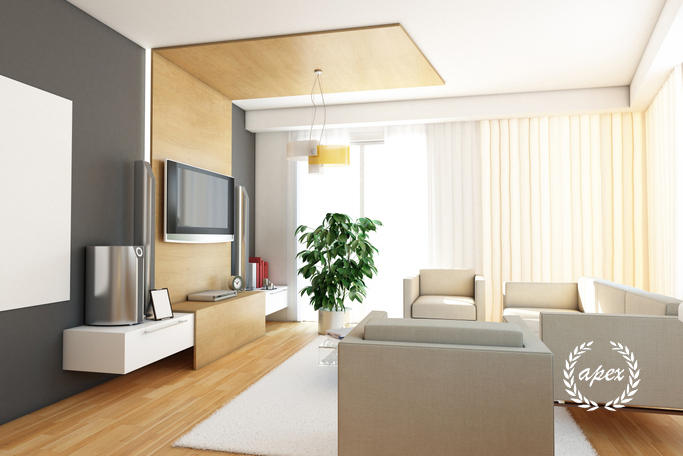
Step 1: Understand Your Window Layout
Before thinking about fabrics or colours, look at the space:
- Are your windows full-height or half-height?
- Is there enough space above the window for rods, or will you need ceiling tracks?
- Which direction does your living room face—morning sun, afternoon sun, or indirect light?
- Do you need to walk through the curtain area (e.g., sliding doors to balcony)?
These details shape how your curtains should function. For example, west-facing units in Punggol get intense afternoon sun—so blackout lining becomes more important.
Step 2: Match to Housing Type & Lifestyle
BTO Flats & HDBs
Most new flats have:
- Tall, narrow windows
- Limited mounting depth above
- Nearby neighbours or corridors
What works best:
- Double-layer curtains: sheer for day, blackout for night privacy and heat control
- Ceiling-mounted tracks: makes the space feel taller and more polished
- Light colours: blends with light flooring and built-ins
Example: In a 4-room BTO in Punggol, the owner chose ripple-fold sheers in oat and dimout curtains in soft grey. It gave daytime light and blocked views from the facing block at night.
Condos
Condos often have:
- Floor-to-ceiling windows
- Modern finishes with little wall space
- Possible glare depending on the direction
What works best:
- Sheers that cut glare without killing the view
- Blackout curtains behind to close off light for screen use
- Motorised tracks if your ceiling is high or you want automation
Example: In a Redhill condo with strong afternoon sun, the homeowners picked off-white sheers layered with mocha blackout curtains on a motorised track. They kept the view and controlled the heat.
Landed Homes
Landed houses often have:
- Large window spans
- Open access to gardens or patios
- More flexibility in mounting and styling
What works well:
- Thicker fabrics for light control and insulation
- Statement rods if you want a classic or warm touch
- Tie-back sheers for spaces where you want airflow
Example: A family in Serangoon installed wheat-toned ripple-fold curtains in their open-plan living room to help reduce echo and soften afternoon brightness.
Step 3: Choose Your Curtain Type Based on Function
Here’s how to match curtain types to your daily routine:
| If you… | Consider this setup |
| Work from the living room and need light without glare | Sheer curtains or dimout fabrics |
| Watch TV often in the day | Double-layer (sheer + blackout) curtains |
| Use the space mainly at night | Dimout curtains may be enough |
| Enter the balcony often | Split stack curtains with easy movement |
Step 4: Pick the Right Fabric and Colour
Curtains are a long-term part of your home, so durability and style matter.
Common Living Room Curtain Fabrics:
- Linen blends: breezy but with body
- Polyester dimout: low-maintenance, soft finish
- Sheer voile: for bright, open living spaces
Colour Tips:
- Stick to warm neutrals (oat, light grey, stone) for a timeless look
- Match the fabric tone to your floor or walls, not just your sofa
- Avoid bold prints unless your entire room is minimal
Step 5: Measure Carefully (or Let Us Do It)
Getting the measurements wrong is the fastest way to end up with curtains that feel “off.” Your curtains should:
- Skim the floor—not hover above or pool too much
- Be wide enough to fully close, with some allowance to “stack” to the sides
- Align with your ceiling height or window frame for a tailored look
Apex handles full measurement and installation so everything sits exactly where it should.
What First-Time Buyers Often Miss
- Stacking space: Your curtains will take up width when opened—plan for it
- Sun direction: East vs west makes a huge difference in light control
- Usage flow: If you have a pet or balcony door, your fabric choice matters more
Don’t be afraid to ask for help—we’ve worked with hundreds of new homeowners across different layouts and styles.
Why Apex Makes Curtain Selection Easier
We don’t just ask what looks good—we ask what you actually do in your living room.
- Daily sun exposure?
- TV layout?
- Kids or pets?
- Balcony access?
Then we bring fabric samples to your home so you can see what fits in your lighting—not just a shop setting.
We measure, install, and walk you through care instructions. And if you’re furnishing room by room, we help keep everything cohesive without overwhelming you.
Conclusion
Choosing curtains for your new home isn’t about getting it perfect—it’s about finding a solution that complements your lifestyle, enhances comfort, and works with the natural light and layout of your space.
As a first-time homeowner, you don’t need to have all the answers upfront. What matters is getting guidance that’s grounded in your specific needs—from sun exposure and ceiling height to colour preferences and curtain function.
Apex Blinds can walk you through the process, from selecting fabrics to ensuring clean, professional installation. We’ll help you turn your living room into a space that feels right—both day and night.
Ready to start? Explore our living room curtain range or book a consultation to get tailored advice for your windows.

